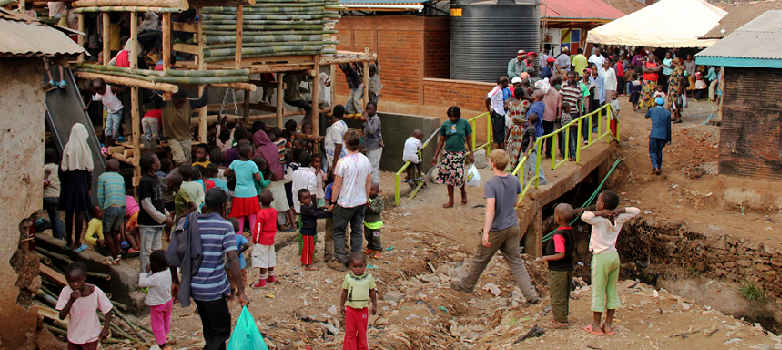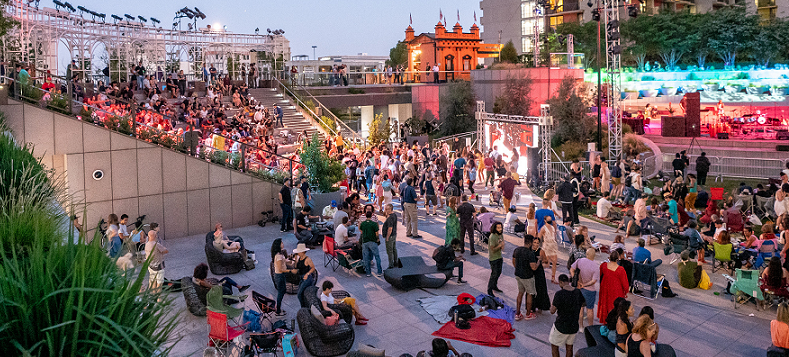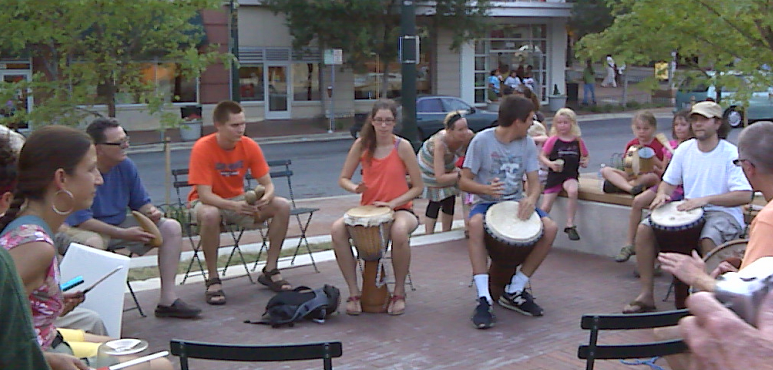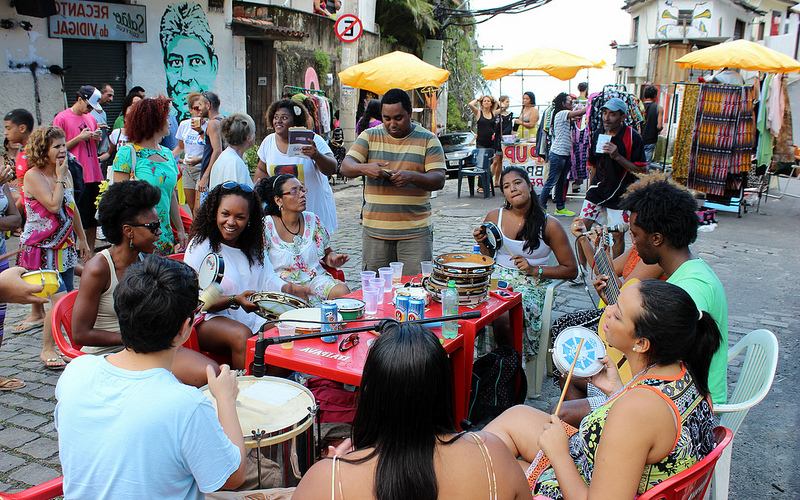Public spaces and community gathering places have been a vital part of human societies for centuries. These spaces provide a platform for people to come together, interact, and engage in cultural activities. From ancient Greece and Rome to modern-day parks and plazas, public spaces have played a crucial role in shaping the cultural fabric of communities. They serve as a reflection of a community’s values, beliefs, and social norms.
What Are Public Spaces and Community Gathering Places?
Public spaces and community gathering places are areas that are accessible to everyone and serve as a shared resource for social, cultural, and recreational activities. These spaces are designed to be used by the public and provide a place for people to come together, interact, and engage in various activities.
Public spaces can be outdoor areas such as parks, plazas, public squares, and streets, or indoor spaces like community centers, cultural centers, and libraries. They can also include public facilities like sports fields, swimming pools, and playgrounds.
Community gathering places, on the other hand, are places where people from a specific community come together for social, cultural, or recreational activities. These can be community centers, cultural centers, or even local coffee shops and restaurants. The common denominator of these spaces is that they provide a space for people to come together, share experiences, and build a sense of community.
In short, public spaces and community gathering places play an important role in shaping the cultural fabric of communities, and provide a platform for social interaction, community building, and cultural exchange.

Historical Significance of Public Spaces
The historical significance of public spaces can be traced back to ancient civilizations like Greece and Rome, where public spaces were used for political, social, and cultural activities. In Greece, the Agora was a central public space where citizens gathered for political discussions and to exchange ideas. Similarly, the Roman Forum was a public square used for political and commercial activities, as well as religious and cultural events.
Medieval Europe also had a strong tradition of public spaces, with town squares serving as the center of community life. These squares were used for a variety of purposes, including markets, festivals, and political gatherings.
In modern times, public spaces have continued to play a crucial role in shaping the cultural fabric of communities. Public squares and streets have served as the stage for political and social movements, and have been the site of important cultural events and gatherings. Parks and plazas have become the green lungs of cities and provide a space for recreation and relaxation. Community centers and cultural centers provide a space for people to come together and engage in cultural and recreational activities.
The Role of Public Spaces in Contemporary Culture
The role of public spaces in contemporary culture is multi-faceted and plays a crucial role in shaping the social, cultural, and political landscape of communities. Public spaces serve as a platform for community building and provide a space for people to come together and interact. They promote social interaction, inclusion, and a sense of belonging by providing a place for people of different backgrounds and cultures to come together and engage in common activities.
Public spaces also play an important role in promoting cultural exchange and diversity. They provide a stage for cultural events, festivals, and performances, and serve as a platform for the promotion of different cultural traditions and practices. This not only helps to promote cultural understanding and appreciation but also helps to build a more inclusive and diverse community.
In addition, public spaces provide a space for people to engage in recreational activities, such as sports, games, and outdoor recreation. This promotes physical health and wellbeing and provides a space for people to relax and unwind.

Different Types of Public Spaces and Community Gathering Places
Public spaces and community gathering places come in many different forms and serve a variety of purposes. Some of the most common types of public spaces include parks and plazas, public squares and streets, and community centers and cultural centers.
Parks and plazas are outdoor public spaces that provide a space for people to relax and engage in recreational activities. They often include features like gardens, playgrounds, sports fields, and walking paths. Parks and plazas serve as a green oasis in the midst of urban environments and provide a space for people to escape the hustle and bustle of city life.
Public squares and streets are public spaces that are often located in the heart of cities and serve as the center of community life. These spaces are used for a variety of purposes, including markets, festivals, and political gatherings. Public squares and streets also serve as a transportation hub, connecting different parts of the city and providing a space for people to move and gather.
Community centers and cultural centers are indoor public spaces that provide a space for people to come together and engage in social, cultural, and recreational activities. These centers often include features like meeting rooms, performance spaces, and recreational facilities. Community centers and cultural centers serve as a hub of community life and provide a space for people to come together and participate in activities that promote social interaction, cultural exchange, and personal growth.

The Challenges Facing Public Spaces and Community Gathering Places
Public spaces and community gathering places face a number of challenges in contemporary society that threaten their existence and ability to serve their intended purpose. Some of the most significant challenges include urbanization and development, the impact of technology, and political and economic factors.
Urbanization and development can often lead to the displacement of public spaces and community gathering places, as more and more land is taken up by buildings and infrastructure. This can result in a loss of green spaces and public spaces, and a reduction in the number of places where people can come together and interact.
The impact of technology is another challenge facing public spaces and community gathering places. With the rise of social media and online communication, people are increasingly spending more time in virtual spaces and less time in public spaces. This can result in a decline in the use of public spaces and community gathering places, and a reduction in the opportunities for social interaction and community building.
Political and economic factors also play a role in the challenges facing public spaces and community gathering places. The allocation of resources for public spaces and community gathering places is often influenced by political and economic considerations, and can result in a lack of funding and support for these spaces.

